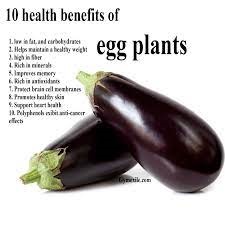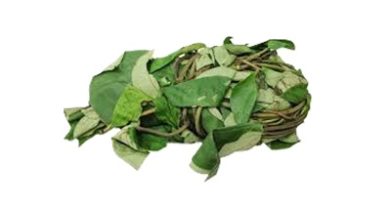Eggplant Skin Benefits: Can You Eat the Skin of An Egg plant?
Eggplant Skin Benefits: Can You Eat the Skin of An Eggplant?

Yes, the skin can be eaten. Some people prefer to peel their eggplant, but if you know how to cook it properly, you can cook it with the nutrient-rich skin on.
Every mouthful of eggplant parmigiana or ratatouille you order from a restaurant is delicious.
However, eggplant skin can be thick and chewy, and buying an eggplant from the supermarket to prepare at home never seems to turn out well.
So, what’s a veggie aficionado to do? Is it necessary to peel eggplant before cooking it? Is there another trick you can use to keep your eggplant recipes from being crunchy, harsh, or off in some other way?
Eggplant Skin Health Benefits: About Eggplant Nutrition
Eggplant, a warm-season vegetable grown annually in temperate climates and perennially in tropical ones, is a popular vegetable known for its purplish-black color.
The Produce for Better Health Foundation recommends that when you’re selecting an eggplant, find one that feels heavy for its size and doesn’t have cracks or discolorations on its skin.
More important, however, here’s what you should know about eggplant from a nutrition standpoint.
Like tomatoes, eggplants are grouped with vegetables but are technically a fruit. Eggplants are free of fat, cholesterol, and sodium, they’re low in calories, and they’re a good source of fiber.
Eggplant Skin Benefits: Is It Necessary to Peel Egg plant?
Now it’s time to ask the big question. Although eggplant has a soft, mild flavor on the interior and is perfect for baking, sautéing, and frying, it has a thick, bitter-tasting skin, which is one of the many reasons people peel eggplant.
The skin, on the other hand, can be the healthiest portion of the vegetable. To get the most out of a fruit or vegetable, eat it whole whenever possible.
Occasionally, removing the skin has less to do with taste and more to do with hygiene. To remove toxins from fruits and vegetables, many people peel the skin.
Eggplant Skin Benefits: Increasing the Edibility of Egg plant Skin
How can you make it a little easier to enjoy the eggplant skin if you’ve decided to leave it on? The simplest solution is to choose the proper eggplant with attention. Younger, smaller eggplants have thinner skins that are simpler to eat, according to most sources, but older eggplants should be peeled before eating.
Eggplant Skin Benefits: Recipes Using Eggplants
There are many eggplant recipes to attempt in your home kitchen if you’re looking for new ways to use eggplant:
Remember that after cutting the eggplant, the flesh turns brown quickly, but you can prevent this by spritzing the slices with lemon juice.
You can also drain some of the water from the eggplant before preparing and frying it by salting it.
Eggplant Skin Benefits: Conclusion
Eggplant is a nutritious vegetable that can be used in a variety of dishes, and you shouldn’t be put off by its thick skin, which can be tough to manage.
However, if you can discover a way to cook this wonderful vegetable with the skin still on, you’ll get even more fiber and plant compounds.


